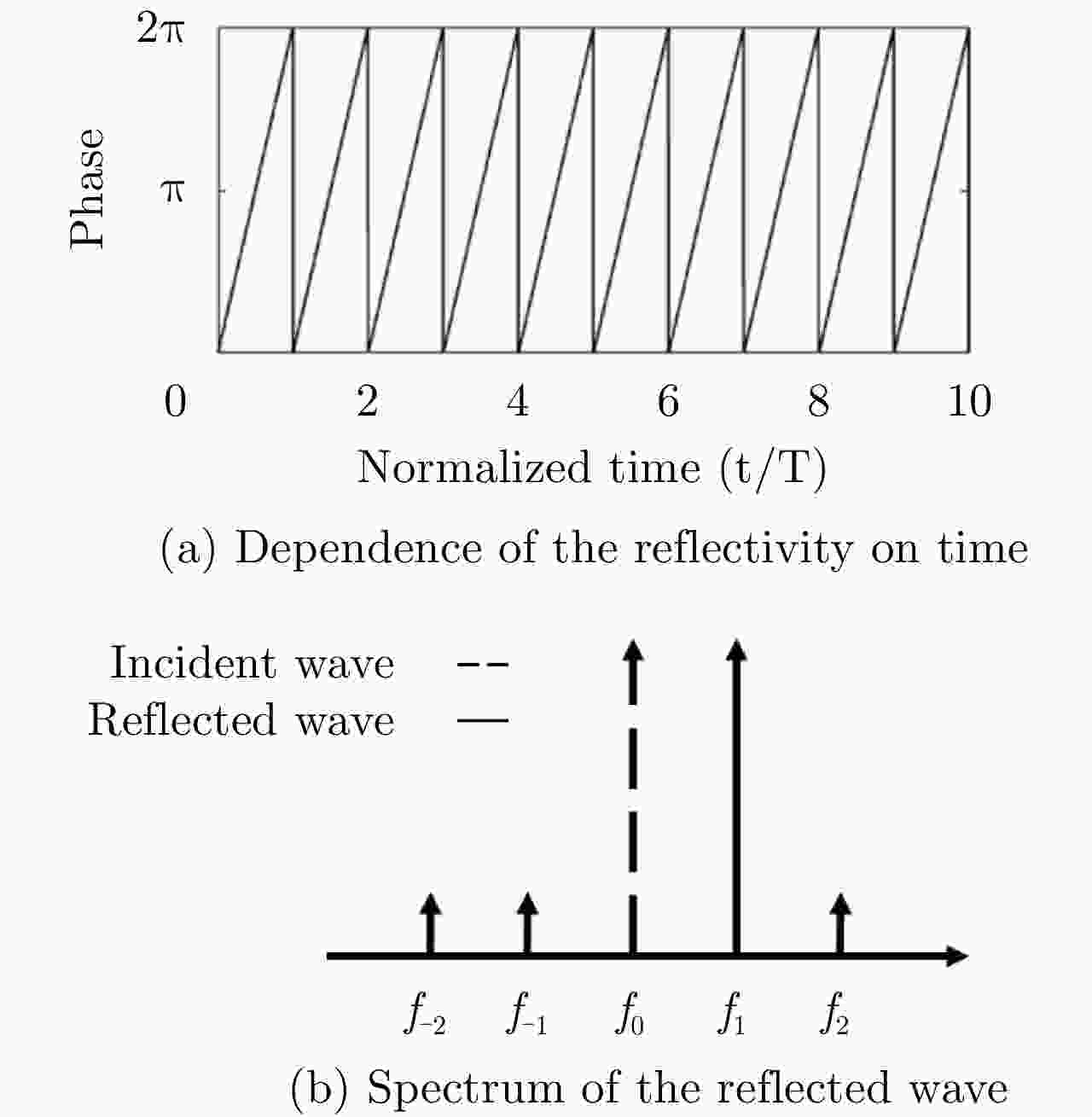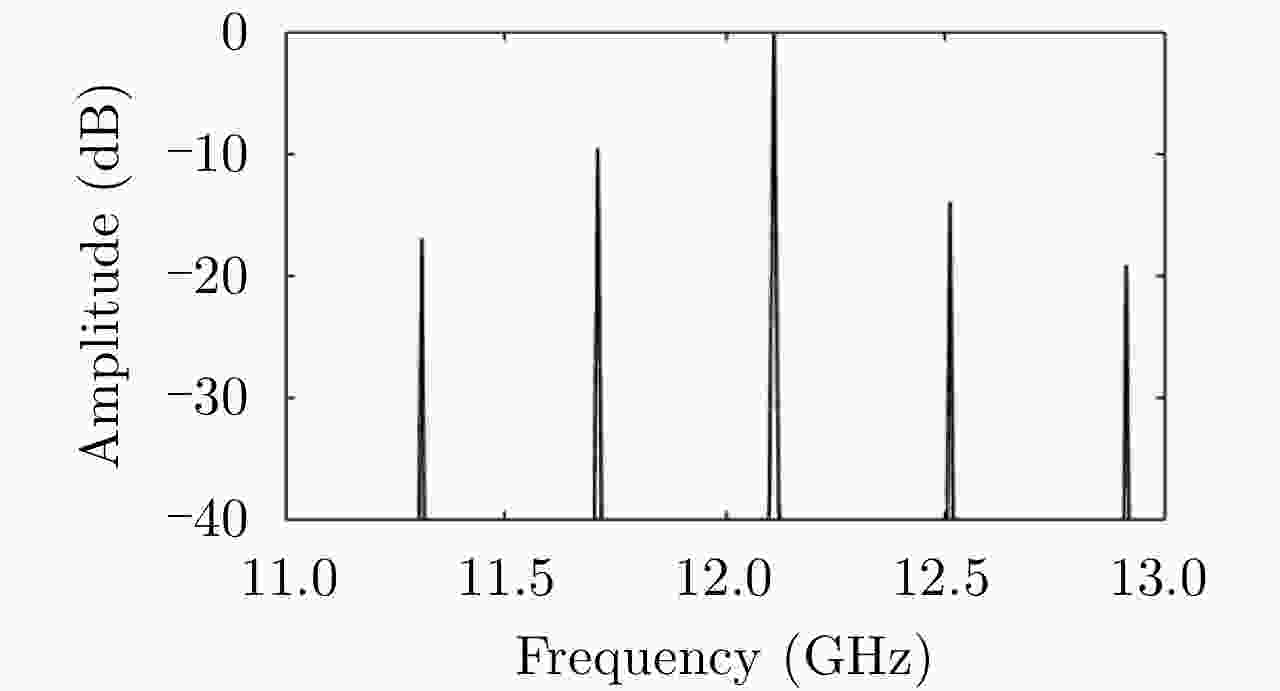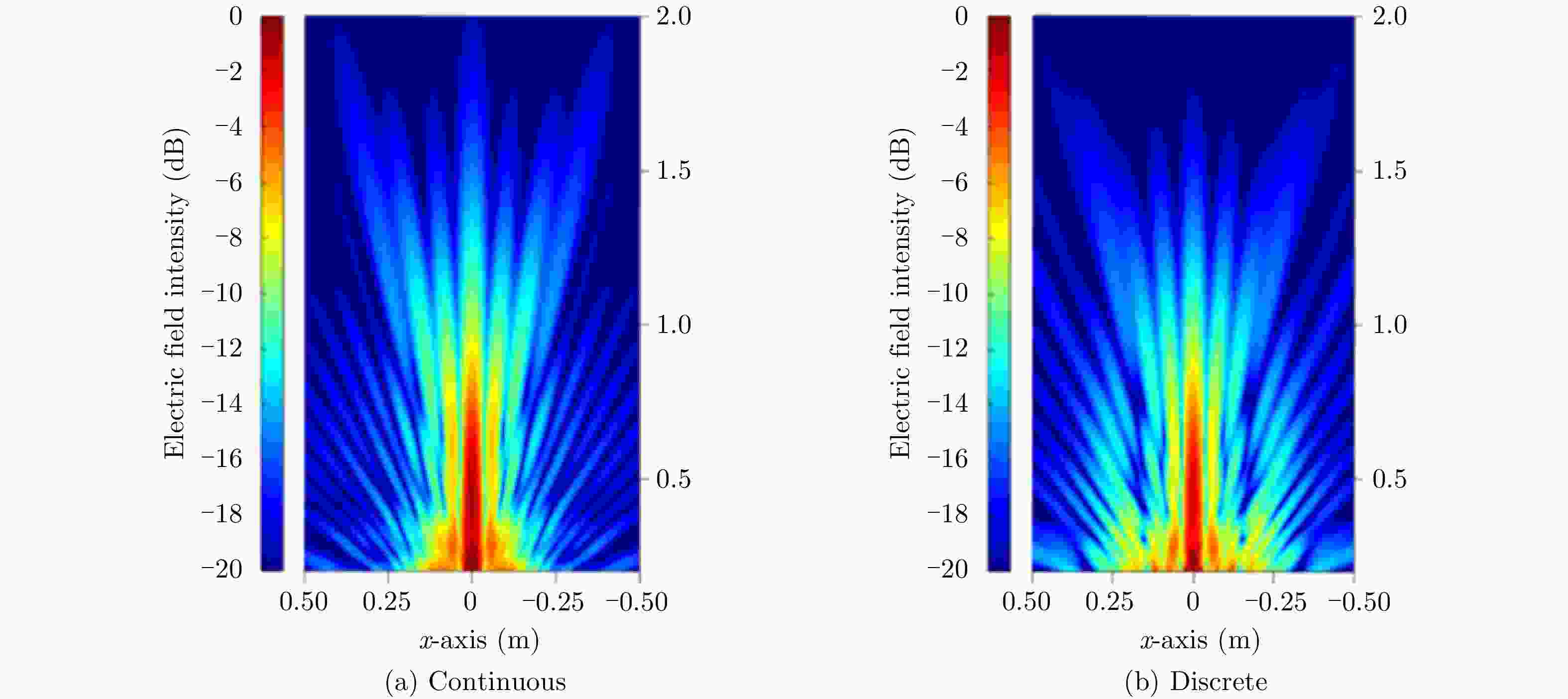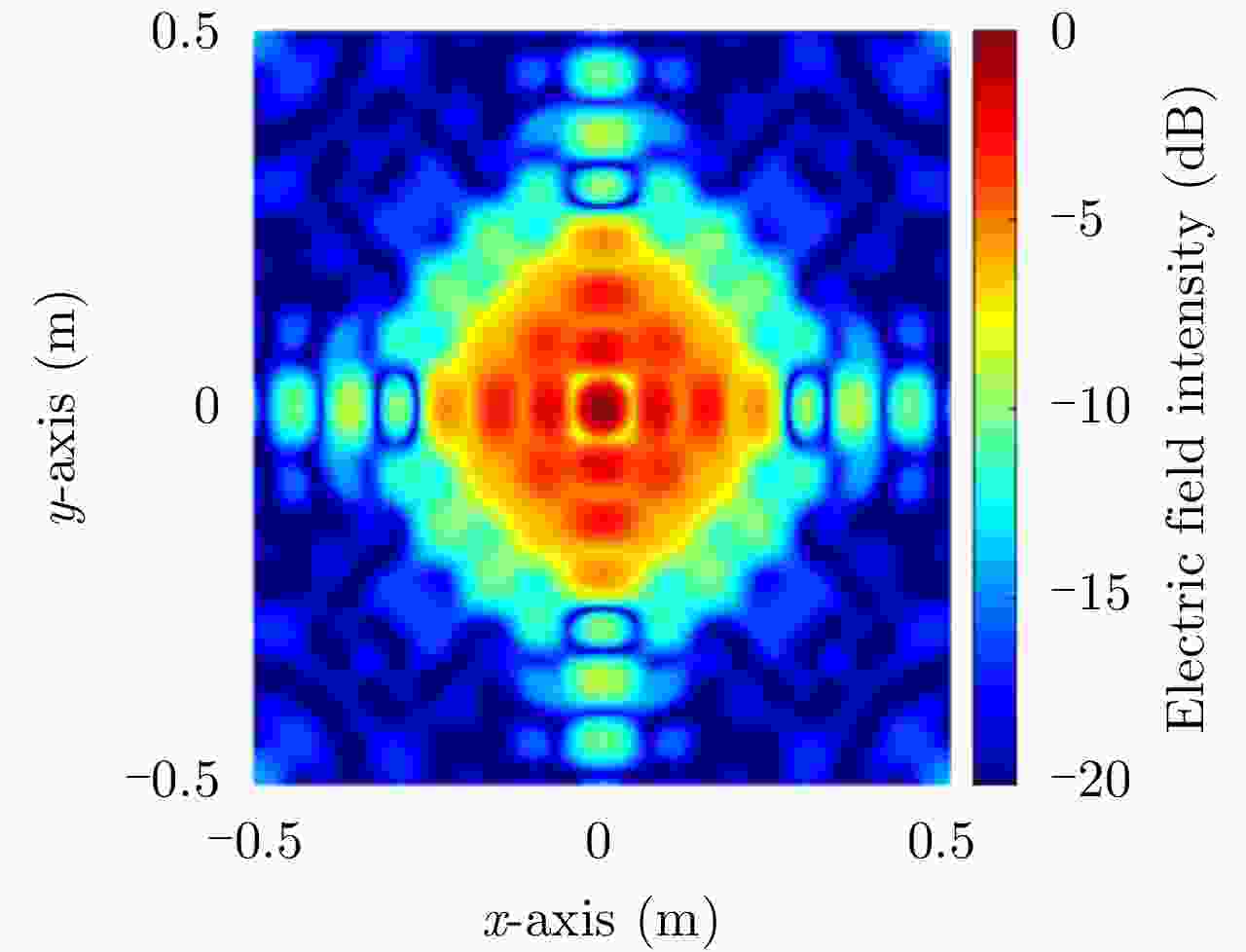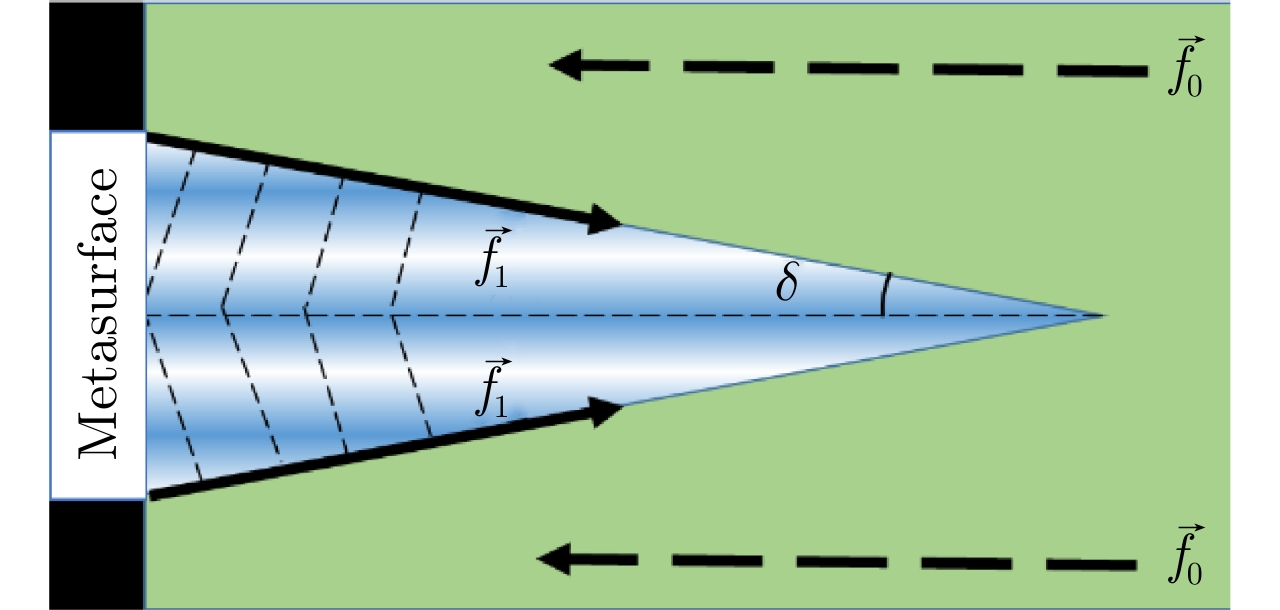| [1] |
DURNIN J, MICELI J J JR, and EBERLY J H. Diffraction-free beams[J]. Physical Review Letters, 1987, 58(15): 1499–1501. doi: 10.1103/PhysRevLett.58.1499
|
| [2] |
LEMAITRE-AUGER P, ABIELMONA S, and CALOZ C. Generation of bessel beams by two-dimensional antenna arrays using sub-sampled distributions[J]. IEEE Transactions on Antennas and Propagation, 2013, 61(4): 1838–1849. doi: 10.1109/TAP.2012.2232263
|
| [3] |
VASARA A, TURUNEN J, and FRIBERG A T. Realization of general nondiffracting beams with computer-generated holograms[J]. Journal of the Optical Society of America A, Optics and Image Science, 1989, 6(11): 1748–1754. doi: 10.1364/JOSAA.6.001748
|
| [4] |
SCOTT G and MCARDLE N. Efficient generation of nearly diffraction-free beams using an axicon[J]. Optical Engineering, 1992, 31(12): 2640–2643. doi: 10.1117/12.60017
|
| [5] |
XU Hexiu, HAN Lei, LI Ying, et al. Completely spin-decoupled dual-phase hybrid metasurfaces for arbitrary wavefront control[J]. ACS Photonics, 2019, 6(1): 211–220. doi: 10.1021/acsphotonics.8b01439
|
| [6] |
XU Hexiu, HU Guangwei, LI Ying, et al. Interference-assisted kaleidoscopic meta-plexer for arbitrary spin-wavefront manipulation[J]. Light: Science & Applications, 2019, 8(1): 3. doi: 10.1038/s41377-018-0113-y
|
| [7] |
QI Meiqing, TANG Wenxuan, and CUI Tiejun. A broadband bessel beam launcher using metamaterial[J]. Scientific Reports, 2015, 5: 11732. doi: 10.1038/srep11732
|
| [8] |
PFEIFFER C and GRBIC A. Controlling vector bessel beams with metasurfaces[J]. Physical Review Applied, 2014, 2(4): 044012. doi: 10.1103/PhysRevApplied.2.044012
|
| [9] |
ZHANG Cheng, YANG Jin, YANG Liuxi, et al. Convolution operations on time-domain digital coding metasurface for beam manipulations of harmonics[J]. Nanophotonics, 2020, 9(9): 2771–2781. doi: 10.1515/nanoph-2019-0538
|
| [10] |
ROSE A, POWELL D A, SHADRIVOV I V, et al. Circular dichroism of four-wave mixing in nonlinear metamaterials[J]. Physical Review B, 2013, 88(19): 195148. doi: 10.1103/PhysRevB.88.195148
|
| [11] |
LUO Zhangjie, CHEN Mingzheng, WANG Zhengxing, et al. Digital nonlinear metasurface with customizable nonreciprocity[J]. Advanced Functional Materials, 2019, 29(49): 1906635. doi: 10.1002/adfm.201906635
|
| [12] |
STEWART S A, SMY T J, and GUPTA S. Finite-difference time-domain modeling of space-time-modulated metasurfaces[J]. IEEE Transactions on Antennas and Propagation, 2018, 66(1): 281–292. doi: 10.1109/TAP.2017.2772045
|
| [13] |
ROSE A and SMITH D R. Overcoming phase mismatch in nonlinear metamaterials [Invited][J]. Optical Materials Express, 2011, 1(7): 1232–1243. doi: 10.1364/OME.1.001232
|
| [14] |
KLEIN M W, ENKRICH C, WEGENER M, et al. Second-harmonic generation from magnetic metamaterials[J]. Science, 2006, 313(5786): 502–504. doi: 10.1126/science.1129198
|
| [15] |
HADAD Y, SOUNAS D L, and ALU A. Space-time gradient metasurfaces[J]. Physical Review B, 2015, 92: 100304. doi: 10.1103/PhysRevB.92.100304
|
| [16] |
SHALTOUT A, KILDISHEV A, and SHALAEV V. Time-varying metasurfaces and Lorentz non-reciprocity[J]. Optical Materials Express, 2015, 5(11): 2459–2467. doi: 10.1364/OME.5.002459
|
| [17] |
LUO Zhangjie, WANG Qiang, ZHANG Xin’ge, et al. Intensity‐dependent metasurface with digitally reconfigurable distribution of nonlinearity[J]. Advanced Optical Materials, 2019, 7(19): 1900792. doi: 10.1002/adom.201900792
|
| [18] |
DAI Junyan, YANG Liuxi, KE Junchen, et al. High-efficiency synthesizer for spatial waves based on space-time-coding digital metasurface[J]. Laser & Photonics Reviews, 2020, 14(6): 1900133. doi: 10.1002/lpor.201900133
|



 作者中心
作者中心 专家审稿
专家审稿 责编办公
责编办公 编辑办公
编辑办公
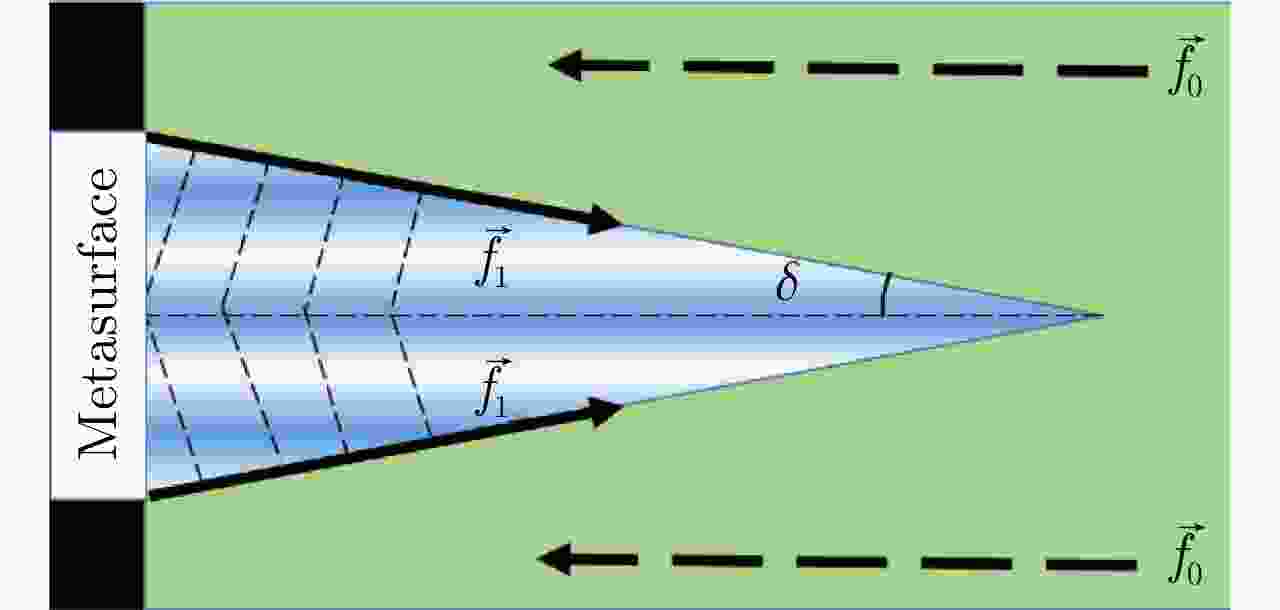
 下载:
下载:

